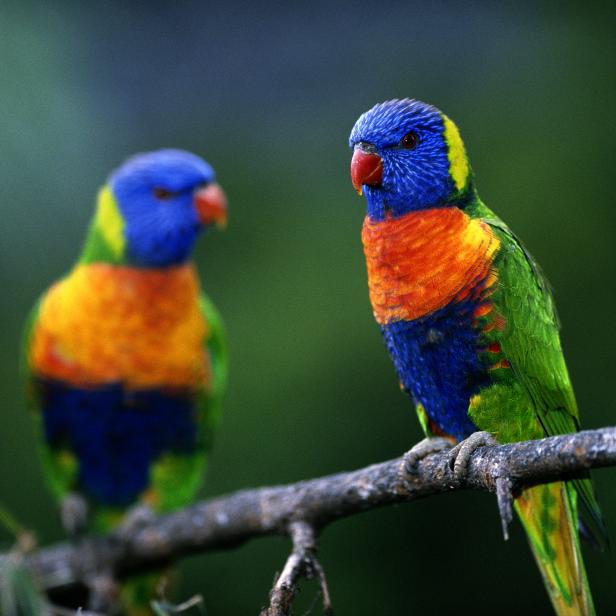
John Giustina
Shape-Shifting is How Some Animals Adapt to Climate Change
On a warming planet, the ability of animals to adapt to climate change can be the difference between survival and extinction.
Now researchers have discovered that certain species are adapting by shifting shape. Their bodies have changed over time as global temperatures have risen.
Those changes are not as dramatic as the mimic octopus, which changes shape to impersonate other animals and avoid predators, but simpler small physical adaptations to cope with excess heat. Warm-blooded animals, such as birds and mammals, are getting larger legs, tails and beaks that improve the way they regulate body temperature.

AGoodeLife / 500px
North American dark-eyed junco show increases in bill size over time.
Scientists examined the size of appendages from a number of species over time and found that birds like the North American dark-eyed junco, a songbird, and several species of Australian parrots show increases in bill size. Birds use their bills to dissipate body heat and lower their temperature, and a larger bill is better for cooling.
For Australian parrots the changes were small and happened over many generations, increasing between four and ten per cent on average since 1871. But Junco bill sizes became larger in response to short-term temperature extremes, showing that more rapid change is happening.
Studies of mammals reveal size increases across lots of different species. Wood mice with longer tails and masked shrews with larger legs are part of a wider geographical trend, according to the study.

Wildlife & nature photography
Wood Mouse (Apodemus sylvaticus)
Size increases like this are predicted in Allen’s Rule, put forward by American zoologist Joel Asaph Allen in 1877, suggesting animals adapted to warmer climates have larger limbs and appendages than those in colder regions. Endothermic animals, species that include birds and mammals, keep their bodies at a favorable temperature by shedding heat using their bills or tails — and a larger surface area cools quicker.
Most size changes noted by researchers were small, less than ten per cent, said study coauthor Sara Ryding. But these sometimes unnoticeable adaptations are essential for an organism to survive when its environment changes.
"Shapeshifting does not mean that animals are coping with climate change and that all is 'fine,' said Ryding. "It just means they are evolving to survive it — but we're not sure what the other ecological consequences of these changes are, or indeed that all species are capable of changing and surviving."
Human-caused climate change is happening too quickly for all species to adapt. Research from Lund University in Sweden found that overheated blue tits have smaller chicks and that these offspring may have lower chances of survival.
Increases in the Earth’s temperature also cause more extreme weather, such as drought, and the risk of wildfires that destroy forests and other species-rich habitat. One million species of plants and animals are at risk of extinction through climate change, pollution and biodiversity loss, says the United Nations. And we are now in the middle of a sixth mass extinction as a result of human activity.
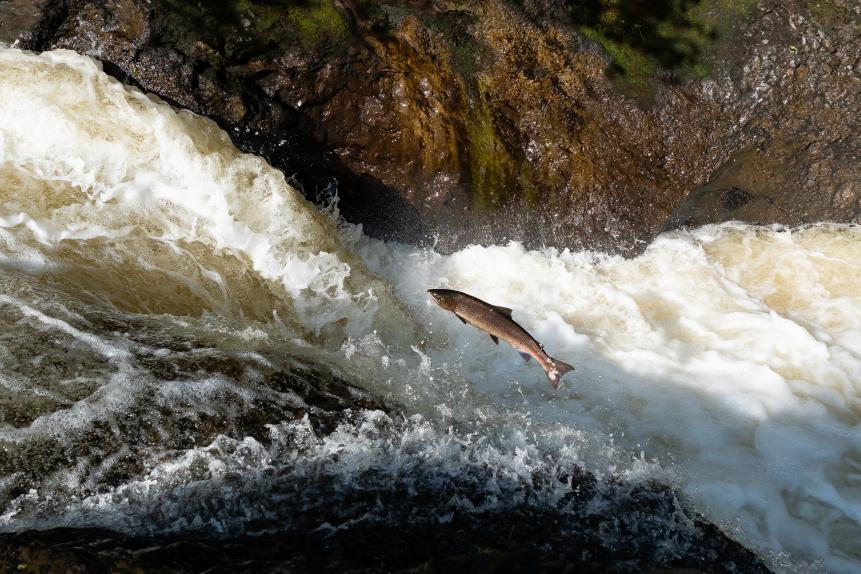
Product of RDPhotography381
Salmon leaping the waterfall at Buchanty Spout, Scotland.
Some species may survive by changing their migration patterns to reproduce earlier (salmon) or adapting their plumage for better camouflage with fewer snowfalls (tawny owls). But scientists say most species would have to evolve 10,000 times faster than normal to survive.
Humans can help by focusing their efforts to protect and adapt species-rich ecosystems and areas with high biodiversity value to store carbon, as well as through activities such as rewilding — restoring wild places. That means thinking about animal survival as much as humanity’s when we talk about climate change, according to Ryding.
"It's high time we recognized that animals also have to adapt to these changes, but this is occurring over a far shorter timescale than would have occurred through most of evolutionary time," she said. "The climate change that we have created is heaping a whole lot of pressure on them, and while some species will adapt, others will not."










.jpg.rend.hgtvcom.476.476.suffix/1633031314945.jpeg)
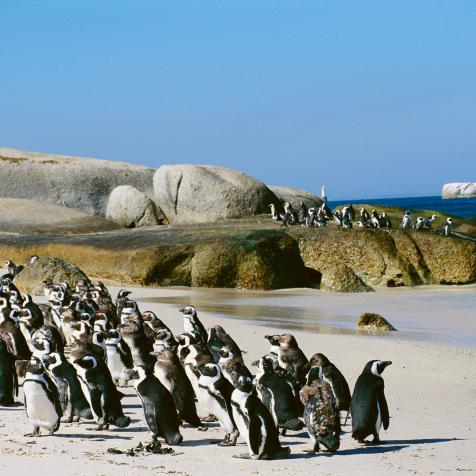
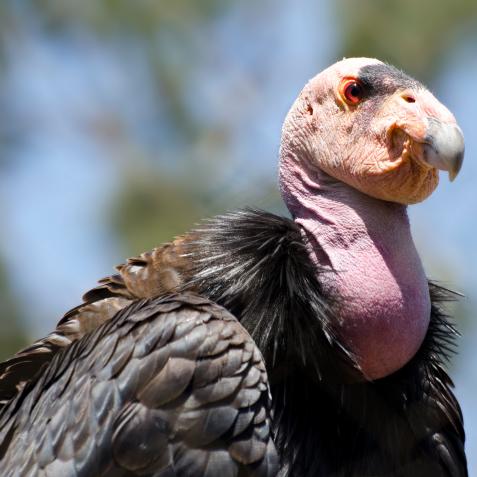

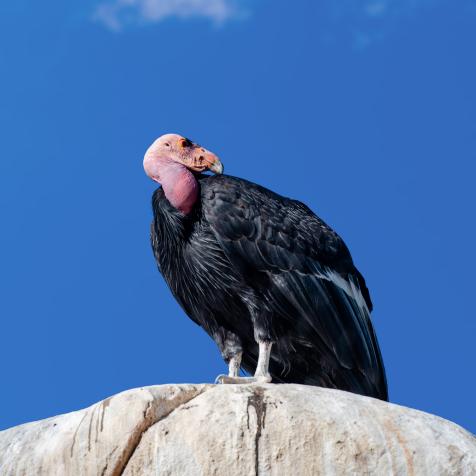
.jpg.rend.hgtvcom.476.476.suffix/1635892481978.jpeg)


